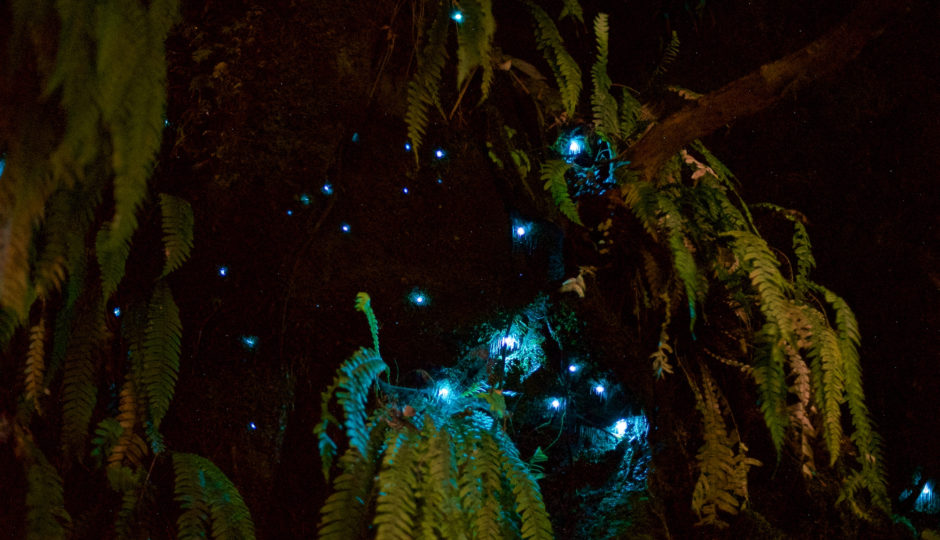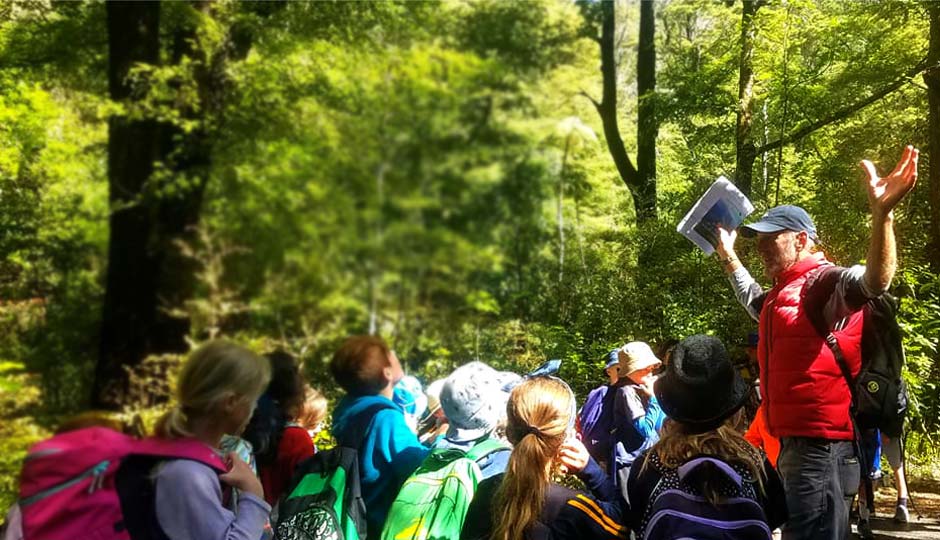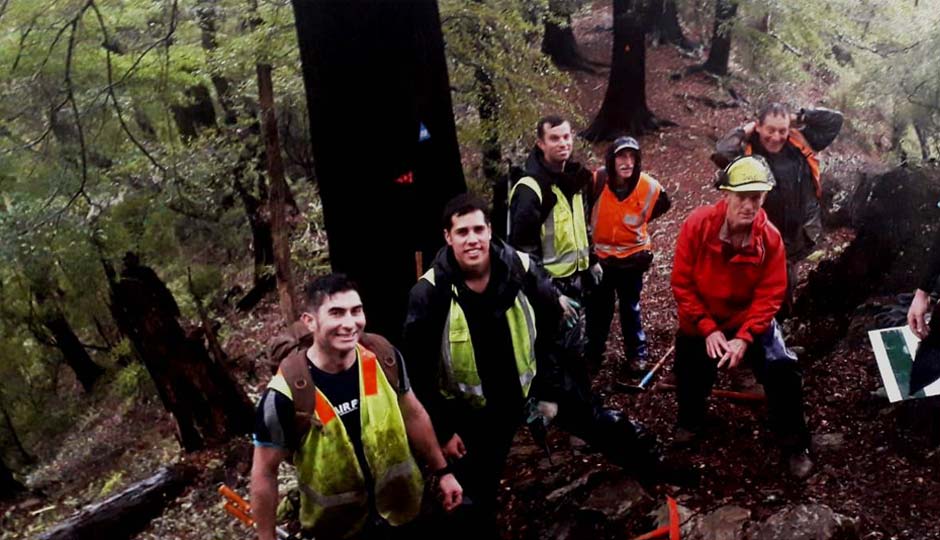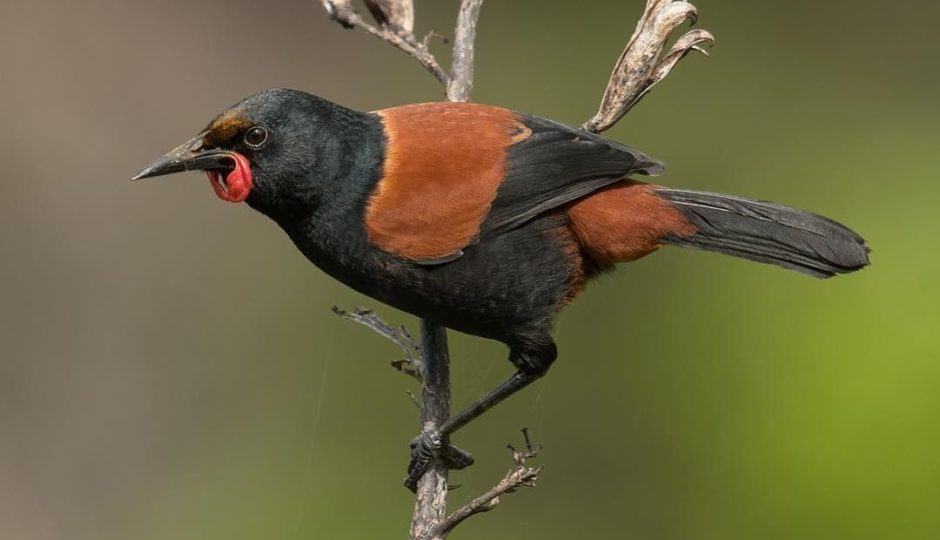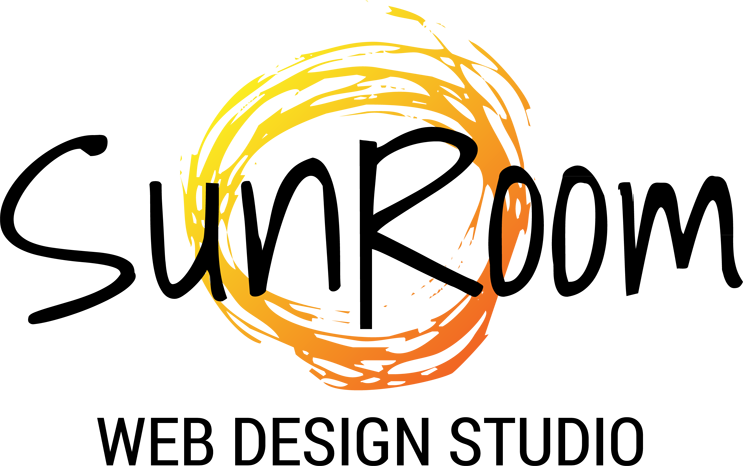Welcome to The Brook Waimārama Sanctuary – an extraordinary part of New Zealand.
Just minutes from Nelson’s city centre, the Brook Waimārama Sanctuary is the South Island’s largest fully fenced eco-sanctuary—690 hectares of protected native forest alive with rare and threatened species. This is a place where you can reconnect with nature, breathe deeply, and experience the mauri (life force) of Aotearoa’s unique environment.
Home to iconic species like the kiwi, tuatara, and kākāriki, the Sanctuary offers self-guided exploration across 15km of walking tracks, as well as guided day and night tours.
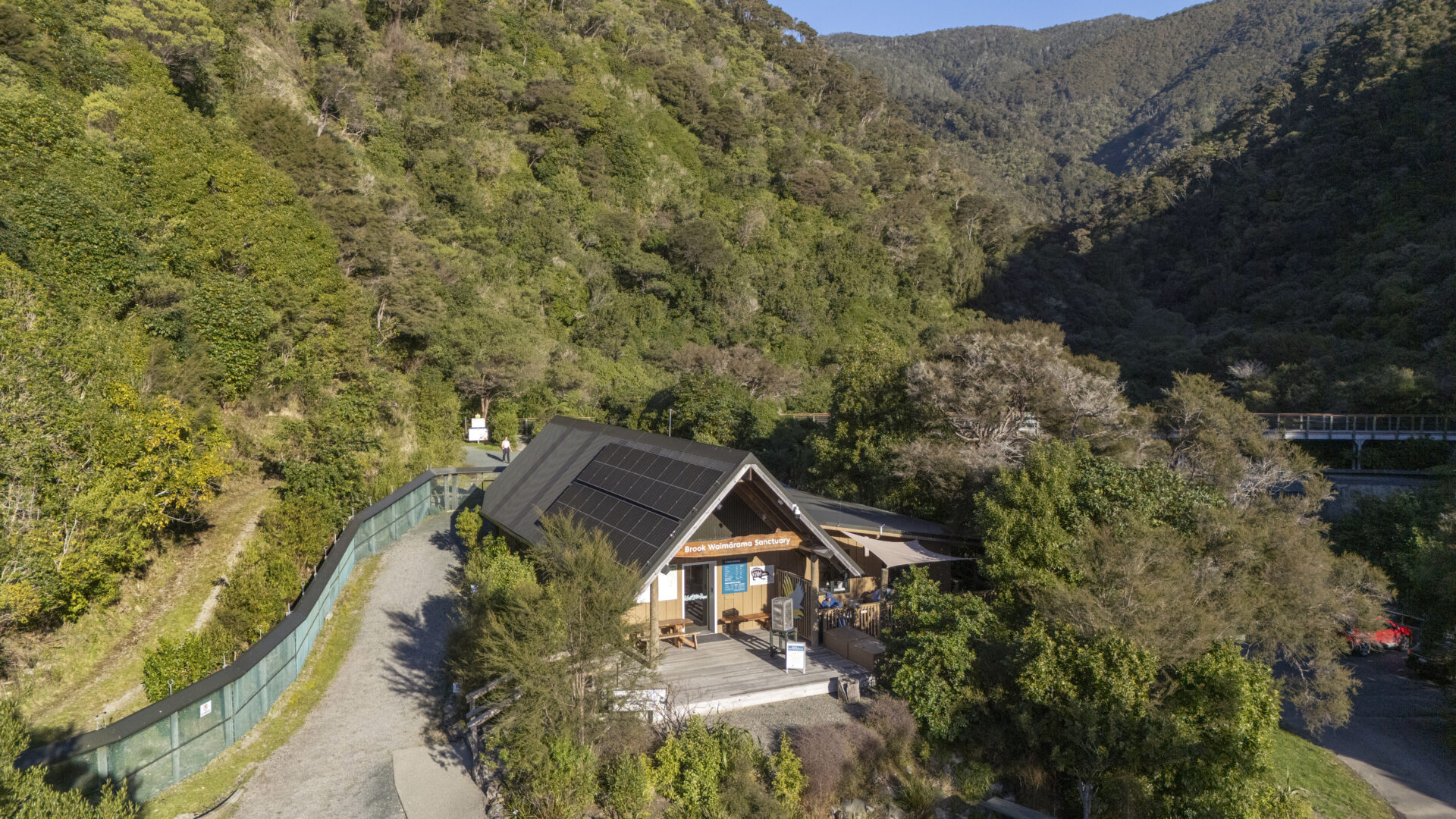
Find us on Instagram
Share your photos with #brooksanctuary
🌿 Giveaway reminder - last chance for a little arts + nature magic 🌿
There’s still time to be part of the @nelson_arts_festival x @brooksanctuary collab — a celebration of creativity, conservation, and community.
We’re giving a few lucky whānau the chance to enjoy two very special experiences:
🎬 Guardians of the Forest – our new Kiwi documentary and short films, exploring the people and wildlife of the Sanctuary. With family activities.
🎭 Who What Where Now – a playful theatre adventure through the Theatre Royal, where tamariki lead the way.
If you haven’t entered yet, now’s a good moment to do it.
Simple:
Follow both pages, tag a mate, and you’re in the draw.
- Sharing this post on your story will get you an extra entry
Entries close Monday 20 October, 11.59 pm.
More details and T&Cs via link in bio.
Oct 16

🌿 Ngahere Neighbourhood: mamaku (black tree fern)
Standing tall and graceful in the ngahere, mamaku (Sphaeopteris medullaris) is Aotearoa’s tallest tree fern, reaching up to 20 metres high. Its dark, patterned trunk and arching fronds create that lush, layered forest canopy we all know and love.
A true forest pioneer, mamaku often colonises disturbed hillsides, stabilising loose soil and providing shade to regenerating bush.
In te ao Māori, mamaku’s drooping fronds symbolise grief and sorrow — part of a traditional story where Mamaku and Toroa (the albatross) were lovers turned to forest and sky.
📸 Photo: Taken by @@henry.__.hart here at the Sanctuary
#NgahereNeighbourhood #BrookSanctuary #AotearoaNature #Mamaku #TreeFern #NativePlants #NelsonTasman #Conservation
Oct 16

💚 Aotearoa Icons: Kererū — then and now
With their glossy green-blue feathers, snowy white chest, and those heavy wingbeats that sound like a helicopter overhead, kererū (Hemiphaga novaeseelandiae) are one of Aotearoa’s most recognisable and beloved birds.
Historically, kererū were extraordinarily abundant, often seen in huge flocks of hundreds. Their large size and numbers made them an important food source for Māori, who hunted and trapped them. Today, they are far less common — declines driven mostly by deforestation and predation.
But there is hope. Kererū are slowly becoming more common within the Sanctuary, where they feast on tawa, miro, and other broadleaf fruits. True to their nature as wide-ranging dispersers, they don’t just stay inside the fence — they carry seeds far beyond, helping forests regenerate across Te Tauihu.
Big, bold and beautiful, kererū are more than just icons — they remain guardians of the ngahere, ensuring its survival for generations to come. 🌱
📸 Photo by @henry.__.hart taken here at the Sanctuary.
🌿 Aotearoa Icons — celebrating the beloved species that shape our identity, from the backyard to the Sanctuary.
#AotearoaIcons #Kererū #BrookSanctuary #BirdsofNZ
Oct 10

huruhuruwhenua (shining spleenwort)
Asplenium oblongifolium
Glossy, tough and beautiful, huruhuruwhenua forms elegant fans of fronds. This fern thrives from the coast to the mountains across Te Ika-a-Māui and Te Waipounamu, and on Rēkohu (Chatham Islands) and Rangitāhua (Kermadec Islands). An Aotearoa endemic, it’s a true forest all-rounder.
Quick facts
✅ Large fern with stout, above-ground stems and very glossy green pinnae
✅ Look underneath: a striking herringbone pattern of sori lines the fronds
✅ Found in lowland to subalpine habitats — keep an eye on damp banks and track edges
✅ Spot it on your next hīkoi through the Sanctuary and share your find with us.
📸 Photo by Rebecca Bowater. Taken right here at the Sanctuary
🌿 Ngahere Neighbourhood — celebrating the small species that make our forest whole.
#NgahereNeighbourhood #BrookSanctuary #huruhuruwhenua #ShiningSpleenwort #AspleniumOblongifolium #NZFerns #AotearoaNature #NelsonTasman
Oct 7

🟢🧡The kākāriki karaka (orange-fronted parakeet) may not have won Bird of the Year — but they’ve won something far more important: new friends, fresh awareness, and more people who now know their story.
These taonga are still facing tough times in the wild, and every bit of support helps. By sharing their journey, you’ve helped shine a light on one of Aotearoa’s rarest birds.
A huge mihi to everyone who got behind the campaign. Special thanks to:
📸 Sean McGrath @aptenodytes42
🎨 Steffi Künstle (our biosecurity ranger, and the creator of this wonderful artwork)
🖍️ @sarahmaylittle
🐦 @birdnerdity
The fight for the kākāriki karaka continues — and they’re lucky to have you in their corner. 💚🧡
#KākārikiKaraka #BirdOfTheYear #Conservation #BrookSanctuary
Oct 1

🌿🟠 How Close Are We to Saving the Kākāriki Karaka — and How Can You Help? 🟠🌿
Kākāriki karaka (orange-fronted parakeet) are still one of Aotearoa’s rarest birds, with only a few hundred left in the wild. But thanks to predator control, captive breeding, and translocations into safe havens like the Sanctuary, the population is slowly climbing.
✔️ Intensive predator control
✔️ Safe forest sanctuaries
✔️ Captive breeding & release programmes
✔️ Ongoing monitoring & research
Every chick counts, every patch of beech forest matters, and every supporter helps keep this taonga species alive.
💚 By voting kākāriki karaka in Bird of the Year, you’re backing a recovery story that needs all of us.
👉 Voting is open now! — With your help, we can get Aotearoa`s rarest parakeet into the Bird of the Year top 10 [link in our bio]
Photography by @aptenodytes42 Sean McGrath
#KākārikiKaraka #BirdOfTheYear #BOTY2025 #BrookSanctuary
Sep 26
![🌿🟠 How Close Are We to Saving the Kākāriki Karaka — and How Can You Help? 🟠🌿
Kākāriki karaka (orange-fronted parakeet) are still one of Aotearoa’s rarest birds, with only a few hundred left in the wild. But thanks to predator control, captive breeding, and translocations into safe havens like the Sanctuary, the population is slowly climbing.
✔️ Intensive predator control
✔️ Safe forest sanctuaries
✔️ Captive breeding & release programmes
✔️ Ongoing monitoring & research
Every chick counts, every patch of beech forest matters, and every supporter helps keep this taonga species alive.
💚 By voting kākāriki karaka in Bird of the Year, you’re backing a recovery story that needs all of us.
👉 Voting is open now! — With your help, we can get Aotearoa's rarest parakeet into the Bird of the Year top 10 [link in our bio]
Photography by @aptenodytes42 Sean McGrath
#KākārikiKaraka #BirdOfTheYear #BOTY2025 #BrookSanctuary](https://www.brooksanctuary.org.nz/wp-content/plugins/instagram-feed-pro/img/placeholder.png)

